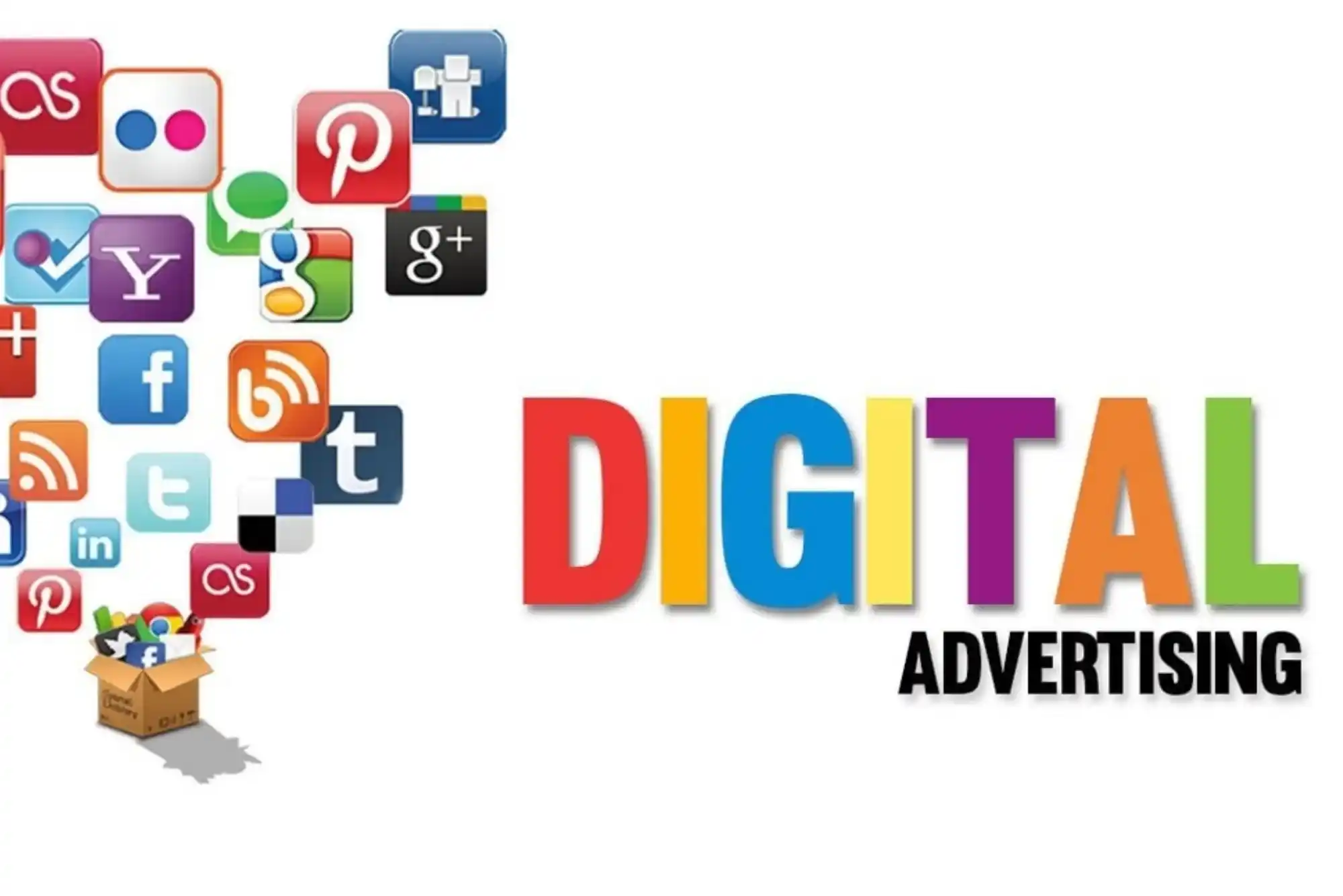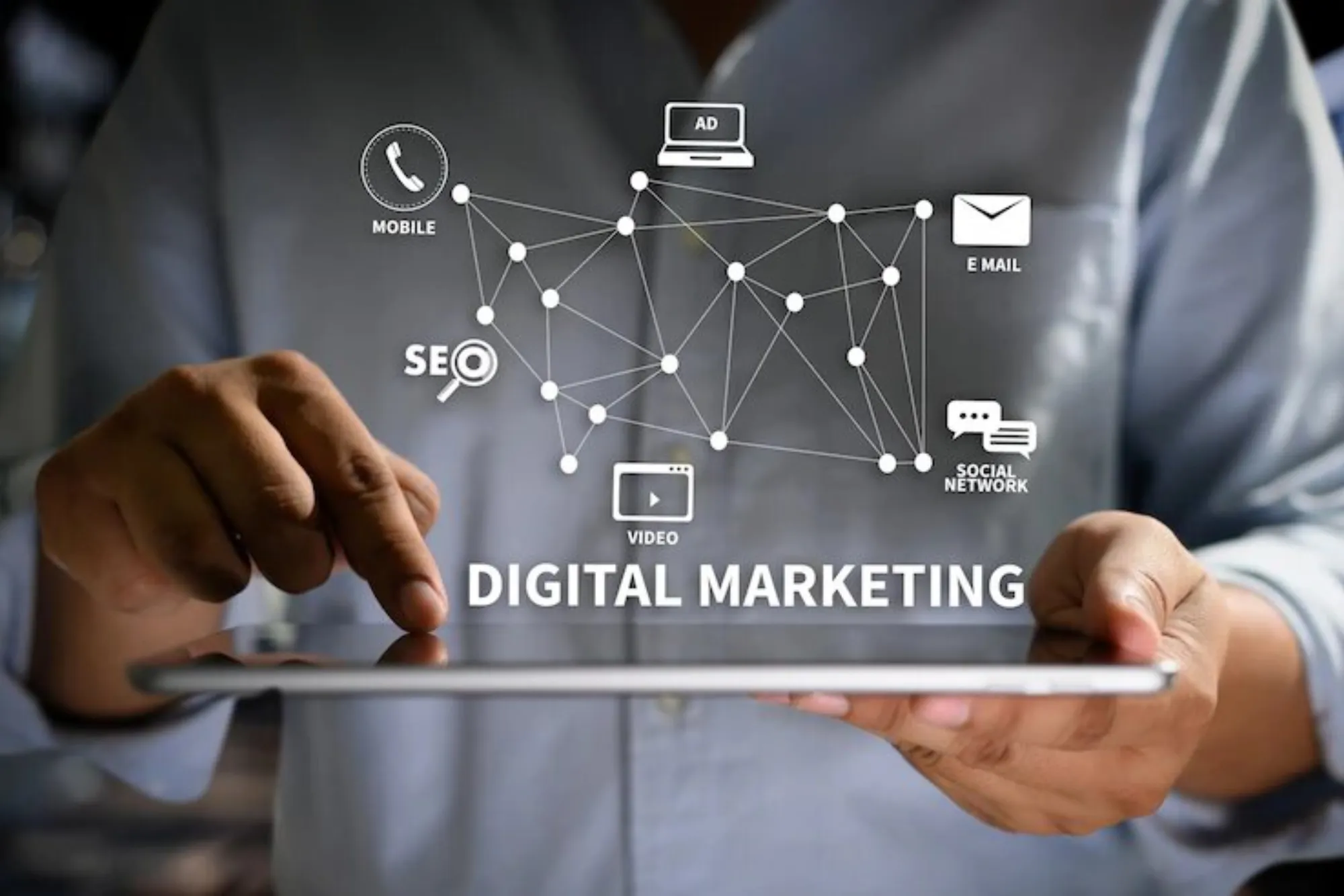Advertising media refers to the various channels and platforms used by businesses and organizations to promote their products or services to the target audience. The significance of advertising media in marketing cannot be overstated as it plays a crucial role in reaching potential customers, building brand awareness, and driving sales. This article explores the different types of advertising media, their benefits, and how businesses can leverage them effectively.
Traditional Advertising Media
Traditional advertising media have been around for decades and continue to be effective in reaching wide audiences.
TV Advertisement
TV advertisement has a long history and has evolved significantly over the years. It is a powerful tool for reaching a broad audience and creating a memorable impact. The benefits of TV advertisements include high reach, the ability to convey messages with audio-visual elements, and the potential to build brand recognition quickly. Successful TV advertisement campaigns, such as the Coca-Cola Christmas ads, showcase the impact of well-executed TV marketing.
Print Media
Print media, including newspapers and magazines, remains a valuable advertising medium. It allows for targeted advertising based on the readership of specific publications. Print ads can be highly effective in reaching niche audiences. Examples of impactful print ads include Volkswagen’s “Think Small” campaign, which revolutionized car advertising in the 1960s.
Radio Advertising
Radio advertising offers extensive reach and can target specific demographics based on the radio station’s audience. Creative approaches in radio ads, such as catchy jingles and engaging narratives, make them memorable. Notable examples include the Geico “Hump Day” radio ad, which became a cultural phenomenon.
Digital Advertising Media

With the rise of the internet, digital advertising media has become a dominant force in the advertising world.
Online Advertising
Online advertising encompasses various formats such as banner ads, pop-ups, and video ads. The importance of SEO and keywords is paramount in online advertising to ensure that ads reach the intended audience. Successful online ad campaigns include Old Spice’s “The Man Your Man Could Smell Like,” which went viral and boosted sales significantly.
Social Media Advertising
Social media platforms like Facebook, Instagram, and Twitter are popular for advertising due to their vast user bases and advanced targeting options. Engaging content, such as interactive posts and sponsored stories, helps businesses connect with their audience. Measuring the effectiveness of social media ads through metrics like engagement and conversion rates is crucial for campaign success.
Email Marketing
Email marketing involves crafting effective email campaigns to reach potential and existing customers. Tools like Mailchimp and Constant Contact help businesses create and manage email campaigns. Success stories, such as Airbnb’s personalized email campaigns, demonstrate the power of well-executed email marketing in driving engagement and conversions.
Out-of-Home (OOH) Advertising
Out-of-home advertising reaches consumers when they are outside their homes and includes various formats.
Billboards
Billboards, placed in high-traffic areas, offer great visibility. Design tips for billboards include using bold visuals and concise messaging. Memorable examples include Apple’s “Shot on iPhone” campaign, which showcased user-generated content on billboards worldwide.
Transit Advertising
Transit advertising utilizes buses, trains, and taxis to reach commuters. It offers high frequency and visibility. Impactful transit ad campaigns include the “Got Milk?” ads on buses, which effectively raised awareness about the importance of drinking milk.
Guerrilla Marketing
Guerrilla marketing involves innovative and unconventional methods to capture attention. Case studies, such as the “Red Bull Stratos” space jump, highlight the effectiveness of guerrilla marketing in generating buzz and engagement.
Niche Advertising Media
Niche advertising media cater to specific audiences and environments.
Typing Centre Advertising
Typing centres serve as local hubs for document-related services and offer unique advertising opportunities. These centres can display ads for local businesses, providing a cost-effective way to reach the community. Successful examples include local restaurants advertising daily specials at nearby typing centres.
Direct Mail
Direct mail allows for personalized and targeted advertising. By tailoring messages to specific recipients, businesses can achieve high ROI. Examples of successful direct mail campaigns include charity fundraising letters that evoke emotional responses and drive donations.
Event Sponsorships
Event sponsorships involve supporting events like sports games, cultural festivals, or corporate conferences. Sponsoring events provides brand visibility and association with positive experiences. Successful stories include Coca-Cola’s long-standing sponsorship of the Olympic Games, enhancing its global brand image.
Choosing the Right Advertising Media

Choosing the right advertising media is a critical decision for businesses as it directly impacts the effectiveness of their marketing campaigns. Several factors need to be considered to ensure that the chosen media aligns with the brand’s objectives and reaches the intended audience effectively.
Target Audience
Understanding the demographics, preferences, and behaviors of the target audience is essential when selecting advertising media. For example, if the target audience primarily consists of young adults who spend a significant amount of time on social media, investing in platforms like Instagram or TikTok may yield better results than traditional print media.
Budget
Budgetary constraints play a significant role in determining the advertising media mix. Different media types vary in cost, with options ranging from expensive national TV spots to more affordable local newspaper ads. Businesses must allocate their budget strategically to maximize reach and impact within their financial limitations.
Marketing Objectives
The specific goals of the marketing campaign will influence the choice of advertising media. Whether the objective is to increase brand awareness, drive website traffic, or generate leads, different media channels may be more or less suitable. For instance, if the goal is to promote a new product launch, a combination of online advertising and social media marketing might be most effective for generating buzz and engagement.
Reach and Frequency
Evaluating the reach and frequency of each advertising medium is crucial for determining its potential impact. Reach refers to the number of individuals or households exposed to the advertisement, while frequency measures how often the target audience is exposed to it. Media with high reach and frequency, such as prime-time TV slots or popular websites, can ensure broad exposure and repeated message reinforcement.
Media Comparison
Conducting a thorough comparison of different advertising media options allows businesses to weigh the pros and cons of each. Factors to consider include audience demographics, geographic coverage, engagement levels, and cost-effectiveness. By evaluating the strengths and weaknesses of various media channels, businesses can make informed decisions that align with their marketing objectives and budget constraints.
Integration
Integrating multiple advertising media channels can enhance the overall effectiveness of a marketing campaign. By combining complementary media types, such as pairing TV advertisement with social media promotions or event sponsorships with online display ads, businesses can create a cohesive and multi-dimensional brand presence. Integration helps reinforce messaging across various touchpoints, increasing the likelihood of reaching and resonating with the target audience.
Future Trends in Advertising Media
The future of advertising media is poised for exciting developments, driven by emerging technologies and evolving consumer behaviors. These trends are likely to reshape the landscape of advertising, offering new opportunities for businesses to connect with their audiences in innovative ways.
Emergence of AI-Powered Advertising
Artificial intelligence (AI) is set to revolutionize advertising media by enabling hyper-personalized targeting and automated campaign optimization. AI algorithms can analyze vast amounts of data to identify audience preferences, predict consumer behavior, and deliver highly relevant ad content. In the context of typing centre advertising, AI-powered tools can analyze customer demographics and behavior patterns to tailor advertising messages for maximum impact.
Rise of Augmented Reality (AR) and Virtual Reality
Augmented reality (AR) and virtual reality (VR) technologies offer immersive experiences that have the potential to transform advertising campaigns. Businesses can leverage AR and VR to create interactive and engaging ad content that captivates audiences and drives brand engagement. For typing centres, AR applications could allow customers to visualize document formatting or typing services in real-time, enhancing their understanding and appreciation of the offered services.
Shift Towards Interactive and Experiential Advertising
Consumers increasingly crave interactive and experiential content, and advertisers are responding by creating more engaging ad experiences. Interactive ads encourage audience participation and feedback, fostering a deeper connection with the brand. Experiential advertising immerses consumers in memorable brand experiences, leaving a lasting impression. Typing centres can leverage interactive advertising by offering virtual typing tutorials or hosting online typing competitions to engage with potential customers in meaningful ways.
Integration of Voice Search and Smart Devices
With the growing popularity of voice-activated smart devices like Amazon Echo and Google Home, voice search is becoming a significant driver of consumer behavior. Advertisers will need to optimize their content for voice search queries to ensure visibility and relevance. Typing centres can capitalize on this trend by offering voice-activated typing services or tutorials tailored for smart devices, catering to the evolving needs of tech-savvy consumers.
Focus on Sustainability and Ethical Advertising
As consumers become more environmentally and socially conscious, there is a growing demand for sustainable and ethical advertising practices. Businesses are expected to prioritize transparency, authenticity, and social responsibility in their advertising efforts. Typing centre can demonstrate their commitment to sustainability by promoting paperless typing services or eco-friendly document management practices, resonating with environmentally conscious consumers.
Expansion of Contextual Advertising
Contextual advertising, which delivers ads based on the content and context of the surrounding environment, is gaining traction as a targeted advertising approach. Advertisers can leverage contextual cues such as keywords, user intent, and browsing behavior to deliver relevant ad content in real-time. For typing centres, contextual advertising could involve placing ads on platforms frequented by professionals or students seeking document preparation services, ensuring maximum visibility and relevance.
Advertising media is a dynamic and essential component of marketing strategies. From traditional forms like TV advertisement to niche avenues like typing centre advertising, businesses have a plethora of options to reach their audience effectively. As the landscape of advertising media continues to evolve, staying informed about trends and choosing the right media mix will be crucial for marketing success.







